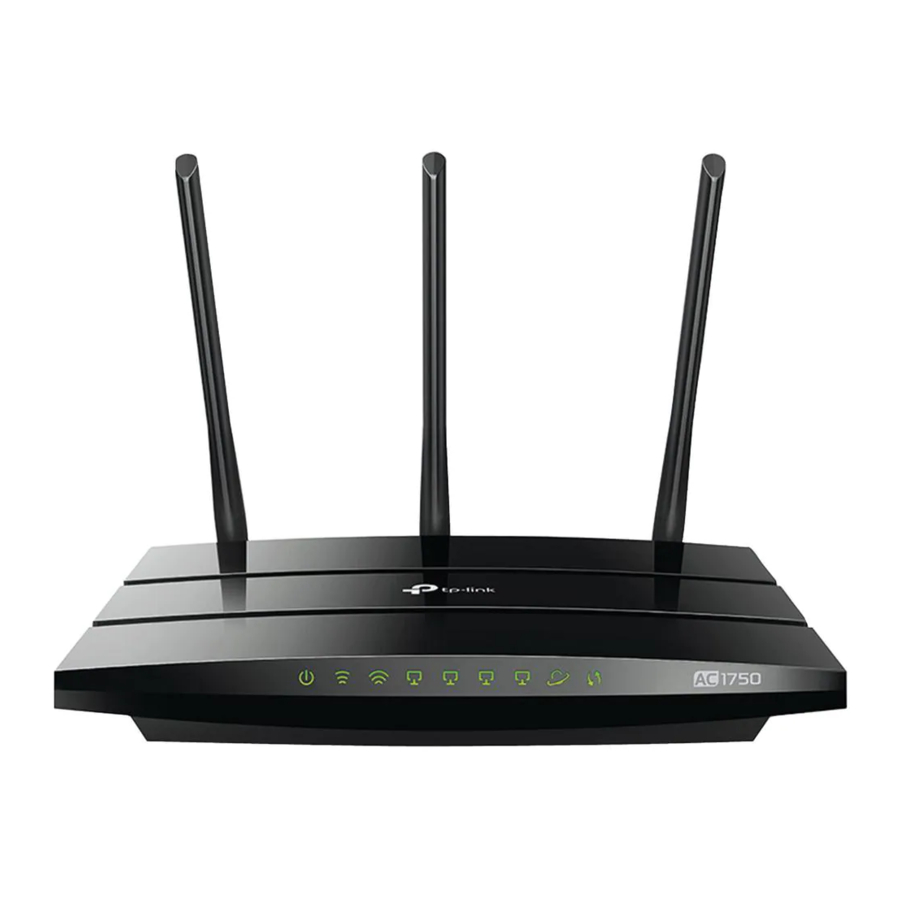
TP-Link Archer C7 User Manual
Ac1750 wireless dual band gigabit router
Hide thumbs
Also See for Archer C7:
- Quick start manual ,
- Quick installation manual (147 pages) ,
- User manual (146 pages)

















Need help?
Do you have a question about the Archer C7 and is the answer not in the manual?
Questions and answers